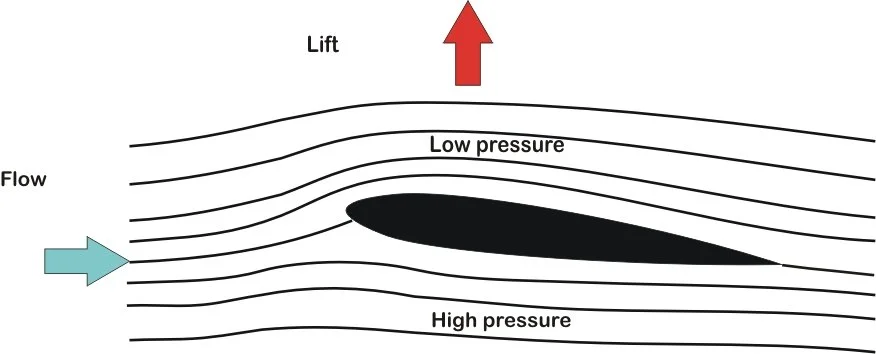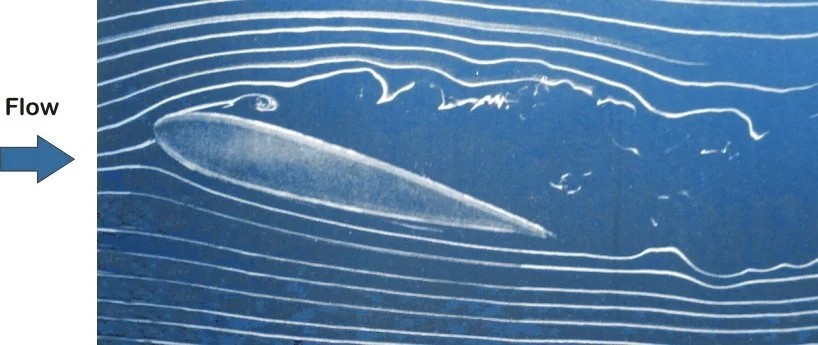Spinouts
Spinouts
Windsurfers are in general quite simple people. What they like: White Caps, Jibes and (sometimes) Waves. What they don't like: no Wind, seaweed, catapults and Spinouts.
In this guide I’m going to talk about the Spinout thematic, starting with the general function of a windsurfing fin and then facing a few options on how to solve the problem.
What is a spinout?
Your Board is planing and the tail suddenly slides away leaving the board almost sideways planing over the water (sometimes you crash, sometimes you dont)
What causes a spinout?
Loss of Hydrodynamic Flow: When the lateral (sideways) force on the fin becomes too great, it can disrupt the smooth flow of water over the fin's surface. This disruption can lead to a separation of the water flow, creating turbulence.
Or in simple words: you're pushing too hard against your fin.
Solution?
Just be more careful, problem solved.
It could be all over at this point, but taking a deeper look is definitely worth the effort, because once you understand how and when spinouts are happening, your windsurfing experience will be a lot more enjoyable. So let's start with a closer look at how the fin is keeping us on track
Typical for a Spinout: the fin can’t hold the lateral (sideways) pressure, the board slides sideways.
The Fins Physics
The windsurfing fin can be likened to a small wing, and thus, we can transfer the aerodynamic terminology into hydrodynamic ones. The forces at play are referred to as lift and drag. Unlike a horizontally positioned wing, the fin is placed vertically, causing lift to manifest as a lateral force, primarily in a horizontal direction.
Fins are often a technical aspect overlooked by many windsurfers, despite their significant impact on a board's behavior.
Understanding how fins function and generate forces (which are then transferred to the board) is fundamental. Fin lift arises from the fin blade's angle of attack, causing it to tilt within the water flow. This results in an asymmetrical flow around the fin. It's important to note that the fin, due to the wind thrust on the sail and consequently the board, impacts the water with its face oriented toward the leeward side of the board (equivalent to the lower side of an airplane wing).
The same physics as for a plane's wing, but occurring in a much denser medium - water. ©MauiUltraFins
Angle of Attack?
Your board (as well as your fin) not only has a straight forward movement but also a sideways movement. These two directions, when combined, create the water flow you see in the graphic below.
Although your fin is symmetrical and placed symmetrically in the center of the board, there is an angle of attack. Where does it come from? Due to the sail force, the fins experience a significant amount of lateral force. So, in simple terms, the fin is moving forward and sideways at the same time. The resulting direction of the water flow is somewhere in between these two directions. The angle of attack is defined by the streaming direction of the water, which is somewhere between the leeward front and the longitudinal centerline of your board.
Conversely, on the windward side of the fin (facing the windward side of the board), the flow must follow a longer path. As a result, the flow on the "windward" part must travel faster. This discrepancy in flow velocity leads to a decrease in water pressure on the windward side compared to the opposite side of the fin. The pressure difference between the two sides generates lift. However, it's important to note that lift always accompanies resistance, which is influenced by water molecule friction on the fin surface and the fin's geometry.
The view from the top during a spinout; the water flow can't stick to the fin's surface. ©MauiUltraFins
2. The Gear
Only by examining the physics of the fins can you gain an understanding of the complexity inherent in the entire windsurfing system. Since you, as the windsurfer, are one of the most significant factors in this system, it can be challenging to change your windsurfing technique as a solution to issues like spinouts. To ensure that these changes are effective and actually help you, I would suggest starting by properly tuning your gear to eliminate factors that may cause spinouts on this front.
Fin
First of all you have to choose the right fin. They obviously come in a lot of different shapes, profiles, materials and sizes. The thicker of a profile and the more of an area a fin has, the more lift it creates and the harder you have to push for it to spinout.
Most of you already know that the fin size depends much more on the board size than the sail size. A wider tail allows for more leverage which creates more pressure on the fin.
If your fin is too small for the board or your board, and especially your tail, is too wide for the fin, it’s more likely that you will spinout.
As described earlier, your fin acts like a wing, generating incredibly high forces. The high density of water is the main reason why, despite its relatively small size compared to a sail, a fin can generate such significant force. However, this also means that even a minor disruption in the smooth water flow can lead to unwanted turbulence, resulting in spinouts. Therefore, it's crucial to maintain a clean surface on your fin, free from any scratches or greasy dirt.
A clean surface is often a simple solution to spinouts.
Sail
We know that bigger sails create more pressure. Sometimes, they create so much pressure that the fin can't withstand it. One simple solution would be to switch to a smaller sail when it's too windy or to go with a bigger fin or board when it's very light.
However, you can also make adjustments by changing the trim of your sail. Spinouts often happen when the pressure point of the sail is too low and too far back. While some sail designs naturally have the pressure point further in the front or back, there is one simple way that will help with all sails - and that is to simply apply more outhaul, as this will release pressure on the backhand and foot.
To get your sail perfectly trimmed and avoid spinouts, you might find some helpful tips in this video.
3. Your Technique
Spinouts at higher Speeds
Spinouts at higher speeds can occur, for instance, when the board becomes too unstable, which means the nose is trimmed too high. In such situations, you'll have less of the fin submerged in the water, resulting in reduced lift generated by the fin. This is one of the reasons why you have to actively engage your body, especially when the water is choppy. As soon as less of the fin is submerged, you must release some pressure. You can think of it as driving a very powerful car; you can't always apply full throttle without experiencing wheel spin and losing traction.
The arrow represents the force applied over your rear leg. If this force is greater than the fin's lift, you spinout.
Spinouts at lower Speeds
The faster you go, the higher the forces that the fin generates. For this reason, the lateral pressure you can put on your fin over your backfoot will increase with speed. Especially in the early planing phases, we tend to overload our fins, which can lead to spinouts. To avoid this, focus on your weight distribution when you start planing - keep your back foot in front of your back strap until you reach a speed that allows the fin to generate enough lift for you to move your foot back.
To minimize the pressure on the fin during early planing phases, try to stay upright.
And of course, I have a video about spinouts. Check it out!









